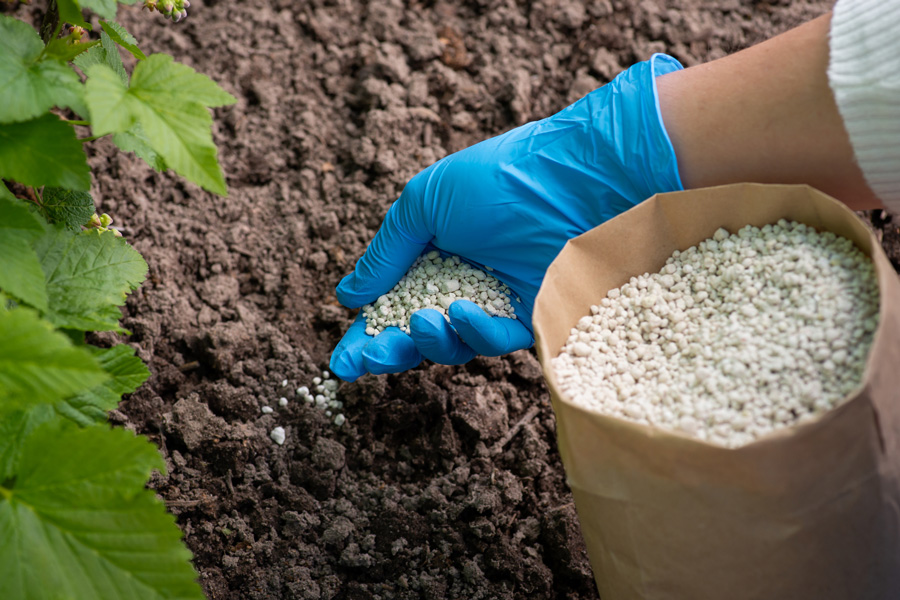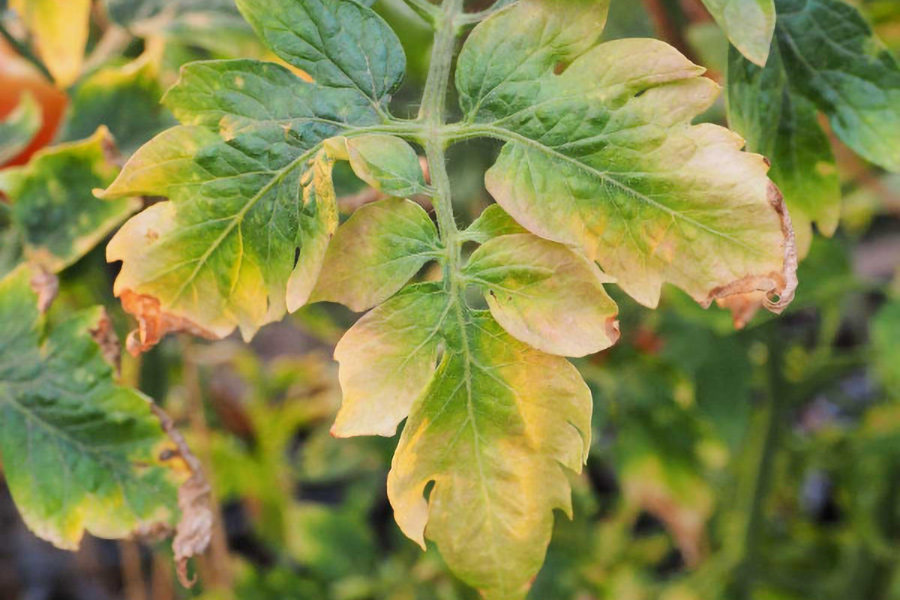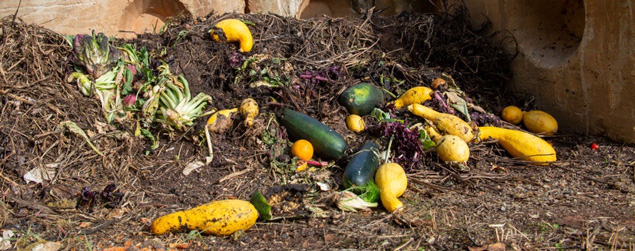Fertilizer
-

Many farmers and gardeners use natural minerals and organic fertilizers rather than synthetic ones to build their soil. If you use organic materials as all or part of your fertilization program, this publication will help you calculate the proper amount to use from the recommendations provided by a soil test.
Walter F. Reeves, Julia W. Gaskin, David E. Kissel Ph.D, George E. Boyhan, Wayne J. McLaurin, and Glendon H. Harris
|
-

Fertilization is an important practice of maintaining plant health. The blueberry plant is no exception, but there are important considerations when fertilizing blueberries. The rates, timing, and type of fertilizer should be common knowledge for the grower. In this circular, how to fertilize blueberry plants is described with text, diagrams, and calculations to provide growers, Extension agents, and anyone interested with the knowledge to successfully grow blueberries, from newly established to mature plantings. This publication was written to address commercial growers’ need for a reference to avoid costly mistakes such as over-fertilization, discussing both granular and liquid fertilization.
James L. Jacobs and Erick Smith
|
-

A regular fertilization program is important to maintain healthy, attractive turf and should include applying the correct analysis of fertilizer, using the correct amount, and fertilizing at the proper time. Turfgrasses require a number of nutrients for growth. Three of these—carbon, hydrogen, and oxygen—are rarely lacking because grasses get these elements from carbon dioxide in the atmosphere and water from the soil.
The remaining eighteen essential elements are also obtained from the soil. Nitrogen (N), phosphorus (P), and potassium (K) are needed in the highest concentrations. These major elements are commonly supplemented with fertilizer. The three numbers on the front of fertilizer bags are often called the ”N-P-K” numbers.
In addition to these major nutrients, secondary nutrients and micronutrients are also essential for plant growth. Understanding fertilizer terminology and the different types of nitrogen sources is important when establishing a lawn management plant. Nontraditional or “organic” fertilizers are also an option for homeowners.
Clint Waltz and Becky Griffin
|
-

Use this publication to calculate planting densities, fertilizer application rates, sprayer calibration, and soil amendment applications using unit conversions. We demonstrate the “raw math” behind common calculations to provide you with the tools for solving any equation using simple addition, subtraction, multiplication, and division. No longer will you be dependent on having production guides, fertilizer charts, planter manuals, and spray nozzle catalogs to tell you what to do.
Alton N Sparks, Wesley Porter, Ted McAvoy, Luan Oliveira, and Manisha Kumari
|
-

This brief guide covers nutrient deficiencies and their symptoms in common vegetables. Makenzie English, Horticulture Program Assistant, is co-author on this publication.
Bob Westerfield
|
-

C 1179
Fertilizing the Home Garden
This publication covers the basics of how to correctly fertilize the home vegetable garden. It discusses the differences between organic and synthetic fertilizers and the advantages and disadvantages of both. The circular also includes information about the importance of soil testing along with detailed instructions for fertilizing a new garden as well as more established vegetables.
Bob Westerfield and Hailey Partain
|
-

Whether from a local store, regional supplier, or another farmer down the road, understanding where your soil amendments come from and how they were handled prior to reaching your farm or garden is necessary to ensure you are sourcing the highest quality product with the lowest amount of risk.
Laurel Dunn and Ted McAvoy
|